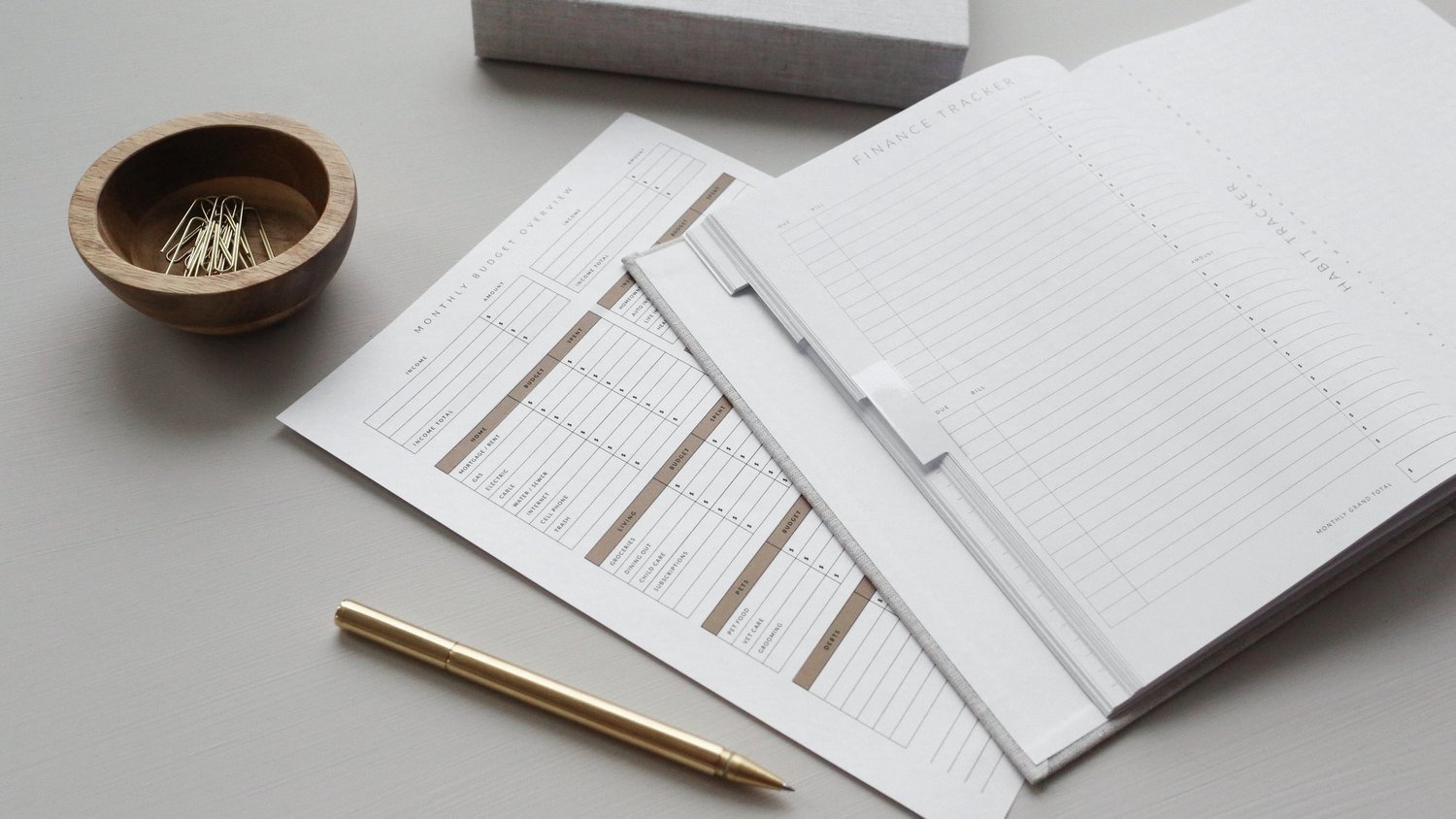
While ‘budgeting’ can be synonymous with ‘boring’ or ‘restrictive’, we think it’s about time we reclaimed the phrase. When done in alignment with your core values, a budget isn’t actually about arbitrary rules. In fact, it’s about the exact opposite, freedom! By spending less on the things that don’t matter to you, you can build more of a financial surplus for the things that do.
Whether you’re looking to invest, save for travel, buy your dream house, or just makeover your wardrobe in 2022, here are 3 non-boring methods that make budgeting (almost) effortless.
50/30/20 Method
The 50/30/30 method is a popular tried-and-tested budgeting strategy. This budgeting guide from Inc notes that to use this method, you simply need to calculate how much money you make in a single month, post-tax. Then, set aside 50% of the amount for needs like rent, food, and transportation. Another 30% will go to wants, such as shopping, dining out, or recreation. The remaining 20% then goes to savings, investments, or paying off debt. The 50/30/20 method works because it allocates spending according to what is most necessary. And since there are only three categories to keep track of, the 50/30/20 is easy for beginners to get into.
However, the 50/30/20 rule isn’t for everyone. A person whose income is low in comparison to the cost of basic needs might struggle to set aside money for savings. On the flip side, other people may want to allocate more money for savings, especially when faced with ambitious financial goals, such as buying a house or paying off debt. In these cases, analyze your situation before deciding on percentages you can allocate per spending category.
Cash Envelope Method
The cash envelope method allows you to clearly visualize how much money you can spend per expense category. To get started, identify the different things you spend on each month. Then, create and label a physical envelope for each category. Common categories can include rent, health, gas, and groceries. Once all envelopes are labeled, fill each envelope with a set amount of cash from your monthly income. When you need to spend on a certain category, you’re only permitted to use the cash within that category’s envelope. By being strict about how much you spend per category, you ensure that you’ll always have enough money for what you need.
One challenge with the cash envelope method is that it may be hard to keep track of. Fortunately, a post on how to balance budget by AskMoney suggests there are a lot of software programs out there that can streamline the strategy, especially if you’d rather not use physical cash. For example, the app You Need A Budget can help you actively manage your spending by assigning every dollar of your income. Another option is Pocketguard, which you can use to either automatically sort each expense, or manually create categories for spending.
Pay yourself first
Pay Yourself First is often referred to as a ‘reverse budgeting strategy.’ Rather than basing your savings on your existing expenses, you base your spending around your financial goals. To do this, first assess how much you spend each month. Then, identify your savings goals. Once you’ve figured out both, decide how much you can afford to set aside. For this strategy to work, you need to decide on a realistic amount of money to allocate to savings. Saving could be detrimental to your health if you sacrifice your immediate needs and wants in favor of pursuing an overambitious financial goal. If your cost of living is high, it’s usually better to set a budget for needs and wants first, then decide on how much to save based on what’s left.
It only takes a few small steps to make a difference with how you manage your money. By choosing a budgeting strategy that aligns with your situation, you can easily boost your bank balance and smash your financial goals.

